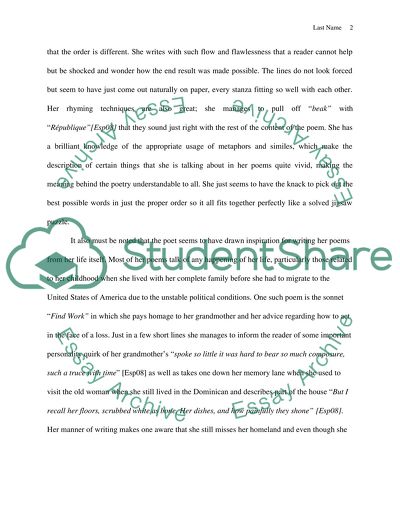Cite this document
(“Her Place in these Designs by Espaillat and Dreaming in Cuban by Book Report/Review”, n.d.)
Retrieved from https://studentshare.org/literature/1470623-her-place-in-these-designs-by-espaillat-and-dreaming-in-cuban-by-garcia
Retrieved from https://studentshare.org/literature/1470623-her-place-in-these-designs-by-espaillat-and-dreaming-in-cuban-by-garcia
(Her Place in These Designs by Espaillat and Dreaming in Cuban by Book Report/Review)
https://studentshare.org/literature/1470623-her-place-in-these-designs-by-espaillat-and-dreaming-in-cuban-by-garcia.
https://studentshare.org/literature/1470623-her-place-in-these-designs-by-espaillat-and-dreaming-in-cuban-by-garcia.
“Her Place in These Designs by Espaillat and Dreaming in Cuban by Book Report/Review”, n.d. https://studentshare.org/literature/1470623-her-place-in-these-designs-by-espaillat-and-dreaming-in-cuban-by-garcia.


